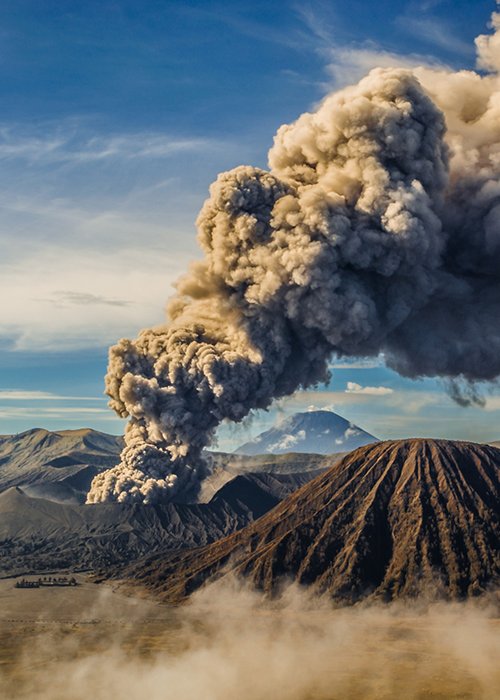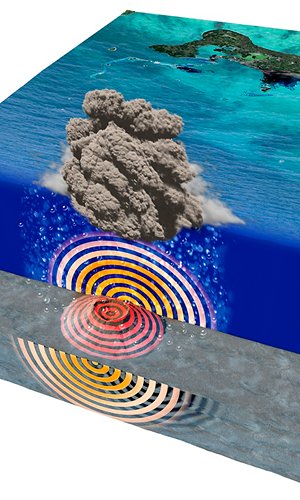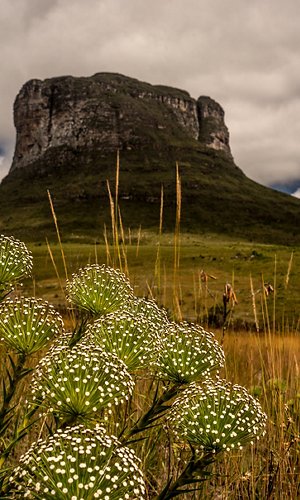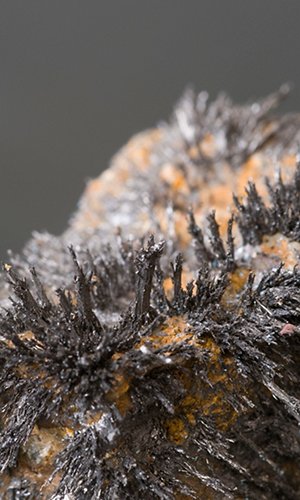We know that the chief greenhouse gas is carbon dioxide. We also know that the greenhouse effect is the cause of global warming. But where does the carbon dioxide come from? CO2 is a gas that is essential for life. Plants capture carbon dioxide from the air and, using sunlight, combine it with water to form carbohydrates through photosynthesis whose waste product is oxygen. Animals breathe oxygen, eat carbohydrates and expel carbon dioxide into the atmosphere. This cycle has been working for billions of years: plants grow due to sunlight and what animals discard, whereas animals eat plants, returning to the environment what the plant kingdom needs to live. This carbon dioxide used by the biosphere, that is, by all living things, does not contribute to the increase in Earth’s temperature because it is in constant equilibrium with the atmosphere.
On the contrary, since the mid-19th century, with the Industrial Revolution, we began to use fossil fuels: first coal to run steam engines, then oil and gas. Thus the amount of carbon dioxide in the atmosphere has increased enormously.
However, human activities are not the only source of carbon dioxide. Volcanoes also contribute to the greenhouse effect by injecting CO2 into the atmosphere. But how much of it do they contribute? The answer comes from NASA (National Aeronautics and Space Administration), the famous civil government agency responsible for the space program and aerospace research in the United States of America.
NASA has measured the amount of CO2 emitted by all the world’s volcanoes (there are 789 active volcanoes) and compared it with anthropogenic CO2, that is, originating from human activities.
According to U.S. Space Agency calculations, Earth’s volcanoes release an average of 270 million tons of CO2 into the atmosphere annually. This is a huge amount, equivalent to the weight of 1,800,000 blue whales. To give a specific example, the 1980 eruption of Mount St. Helens in Washington State released about 10 million tons of CO2 into the atmosphere in just 9 hours.
What about us humans? How much CO2 do we emit? In one year, all human activities release 35 billion tons of CO2 into the atmosphere. That is 130 times the carbon dioxide emitted by all the volcanoes on the planet. In one year!
It takes us two and a half hours to produce the amount of CO2 emitted by Mount St. Helens in nine hours. If we consider that the largest eruption of the 1900s was the Pinatubo volcano in the Philippines in 1991, well, humanity emits the CO2 equivalent of two Pinatubo eruptions per day.
So we really cannot put the blame on volcanoes: we humans are responsible for climate change.
By Andrea Bellati




